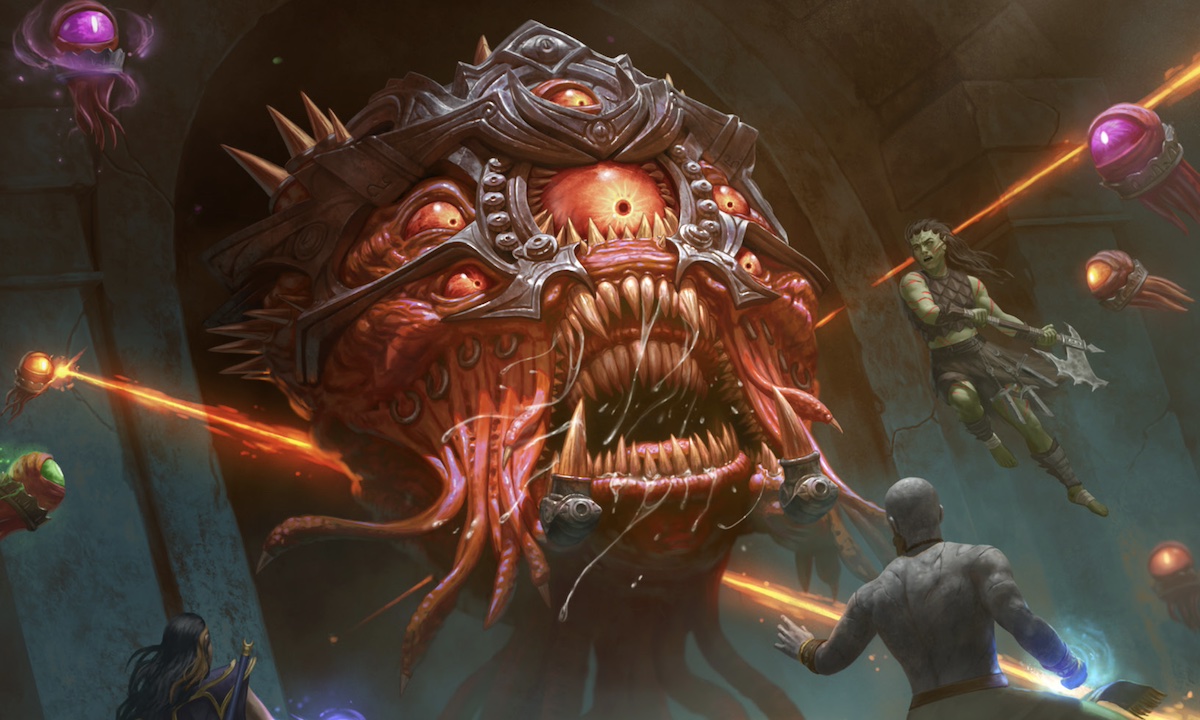
An RPG Revolution - if you can keep it
While D&D remains the 800-pound gorilla of the tabletop role-playing game hobby, we are entering a cycle of smaller, newer games gaining market share. The recent release of Daggerheart and Draw Steel represents a real opportunity for generational change in a tabletop RPG industry that has been dominated by D&D, and I am excited to see it play out.
D&D’s lead in player base is large enough that a business discussion focused only on short-term change can rightfully dismiss any moderate growth by smaller players. However, I believe there has never been a more interesting or dynamic time in my memory for the hobby.
D&D has made itself vulnerable
All golden ages end. D&D has caused irreparable harm to their brand by losing the trust of the community and being generally uninspired since 2020. More details on the mismanagement of D&D come out over time. A recent Reading D&D Aloud episode steps through repeated missteps by D&D’s owners to invest in the product. Above and beyond the drama and negative sentiment from the OGL crisis, the continued lack of quality and vision from D&D has killed my interest in participating in the ecosystem of the core D&D game, and I know I am not alone.
For the past two years, I’ve put my energy into smaller games. OSR games, indie games, one-shots, and small campaigns. I started an open-table meetup group that has transformed into a healthy rotating-GM space where we have now played: Dungeon Crawl Classics, Fate, Mothership, Dread, Vaesen, Shadowdark, Mutant Crawl Classics, and Old School Essentials - often to full tables at my friendly local gaming store.
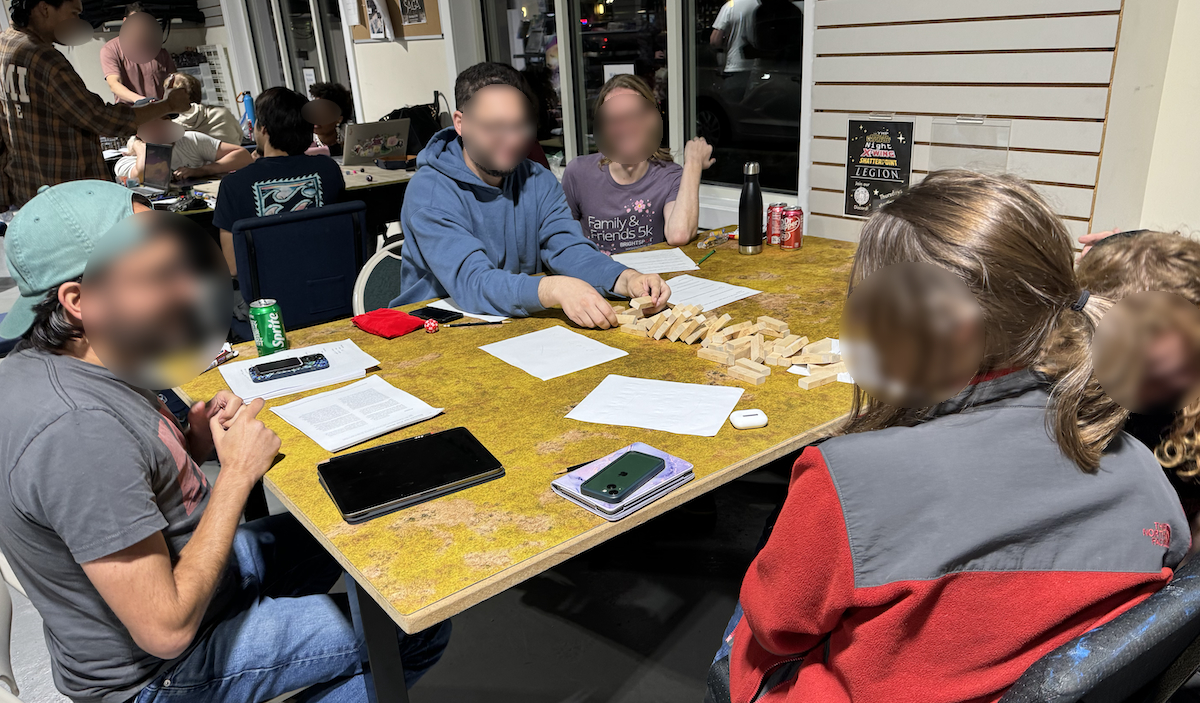
Our open table group playing Dread at our FLGS
Even if a new or ascendent game is wildly successful and starts independently attracting new players to the hobby, it could take decades for a game to challenge D&D for marketshare - but generational change happens, and I believe we are seeing the beginning of a shift.
I am not interested in D&D Clones
During the OSR fiasco, third party publishers announced a slew of 5e look-alikes which made only minor improvements to the D&D formula. By putting the main 5e rules into the Creative Commons, Wizards of the Coast took the wind out of the sails of these games. I’ve said previously, that in order to challenge D&D directly, you have to have an angle - a mission statement or vision of how your game is different beyond better corporate stewardship. So while several of these games make interesting choices informed by a deep understanding of d20 fantasy, by being a d20 fantasy with a significantly smaller reach and budget, they always seemed to me to be destined for obscurity. D&D 5e is already a strong game, so being 5% better isn’t enough.
OSR games like Shadowdark presented a different experience from D&D 5e. Indie games like Heart and Eat the Reich are demonstrably different and have done well with critics and RPG tastemakers. There is an appetite for different games - just see the first season of Quinns Quest for non-D&D inspiration. But the big question is, will anything ever come along with the general appeal, depth, and replayability to give D&D a serious competitor? Critical Role and MCDM have the audience and game design chops to get a strong start, but will the general RPG audience be willing to step away from D&D and consolidate into a game that outlives the “shiny and new” phase of game release hype?
I got to take some time off this week and read both Daggerheart and Draw Steel cover to cover. Here are my initial impressions:
Daggerheart (Darrington Press)
Daggerheart pulls heavily from Powered by the Apocalypse games (what?) and goes for a fiction-first epic fantasy game - a narrative-focused game. There is an entire generation of players who have been introduced to role-playing through the narrative-focused streaming shows like Critical Role, but have discovered their unmet expectations once playing D&D 5e. The core game does not model or incentivize the kinds of theatrical creativity present in Actual Plays.
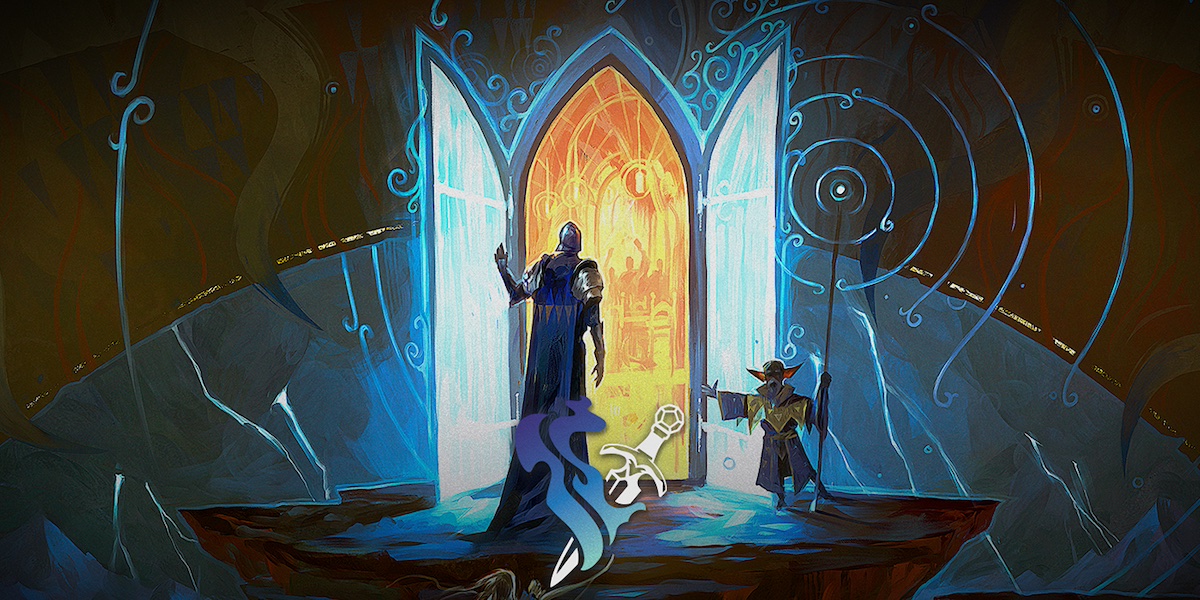
Daggerheart stands on the shoulders of fiction-first new-school RPGs
Daggerheart’s biggest strength is its close association with the media engine that is Critical Role. Daggerheart does a lot, but I made an extra note of the following:
- The broad set of character ancestries and classes - possibly enough to convert your existing 5e game to DH immediately.
- Campaign setting flexibility with an in-book structure for materializing custom campaigns: Campaign Frame. At no point is a GM-created world indicated to be less than an official setting. See previous rant on the term homebrew.
- A dice mechanic that provides token based economies - Hope (player) and Fear (game master) - that incentivizes improvisational play.
- Powered by the Apocalypse (PbtA) inspired turn-less combat, incorporation GM moves and graduated success. This mechanic directly addresses the ‘slog’ of D&D encounters and can appeal to players wanting more engaging play.
Daggerheart’s mechanics create a more tangible and approachable entryway to narrative play. Dungeon World and similar games have existed for a long time, but building a core mechanic that rewards new players directly for embracing a paradigm shift away from the classic D&D turn-based war game combat system is Daggerheart’s greatest accomplishment.
Additionally, Daggerheart 3rd-party content looks easy to build. With the current buzz, I expect it is the non-D&D system most likely to build a healthy ecosystem independent of d20.
Draw Steel (MCDM)
Draw Steel is a cinematic and tactical epic fantasy game - evoking 4th edition D&D more than 5th. I was a fan of 4th edition. It’s the first version of the game I was really able to play as a player after being a ‘forever GM’ and the first version of the game I was able to play after being exposed to video games like Final Fantasy Tactics - which in my opinion was as big an inspiration to the game as the often maligned MMO game connection.
While a closer game to D&D than the PbtA-inspired Daggerheart, Draw Steel may be a higher learning curve due to its self-acknowledged complexity. Additionally, sci-fi elements like psionics and space fantasy may be a turn-off for some players.
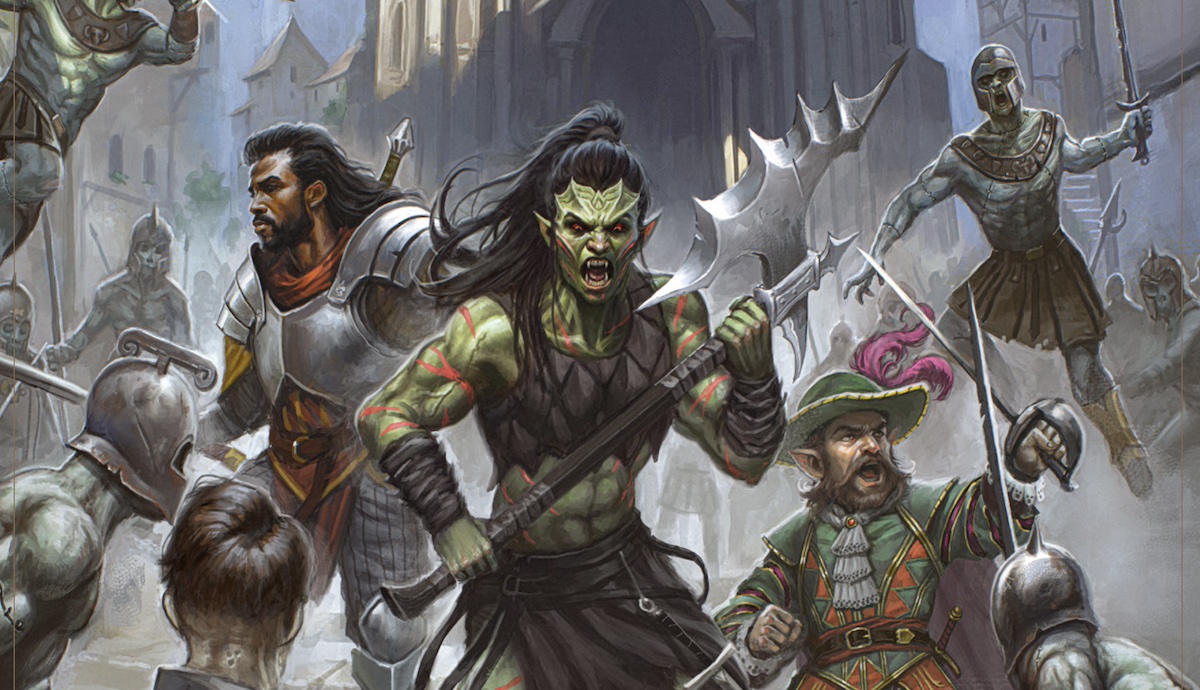
Hope you like combat encounters
Draw Steel choices and design decisions appear well-tested and intentional. I made an extra note of the following:
- Brings back a 4e tactical grid combat system - you either love tactical combat or know this isn’t for you
- Tactical 4e with movement and slamming enemies into objects as a core gameplay mechanic.
- Unlike 4e, the classes are all unique rather than reskins of the same 4 or 5 MMO party roles
- The best Action-Oriented Monsters concepts from MCDMs “Flee Mortals” book are front and center, fixing 5e’s “just a bag of hit points + multi-attack” monster problem.
- Solving 5e’s diminishing resource problem by having resources accumulate during encounters and grow over multiple encounters.
- A GM focused special power economy called Malice which may entice tactically minded players to want to GM.
- Two improved variants of the “Skill Challenge” from 4e for montages and negotiations.
- Weapon Kits, to both abstract equipment choices and make them more meaningful for martial classes.
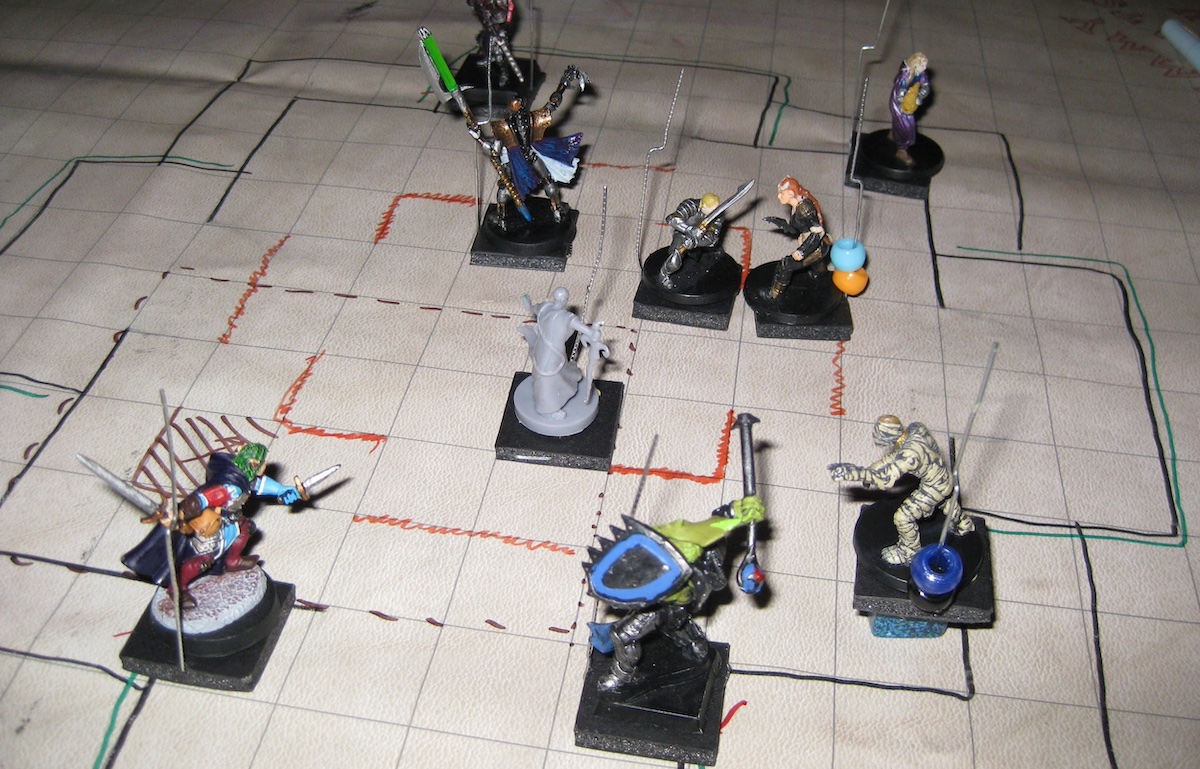
A picture from 2009 of paperclip and colored bead marker stands to help manage the complexity of D&D 4e
Unfortunately, the complexity does come with a learning curve, which could become a barrier to entry for attracting new players to the hobby. Additionally, I believe that the high bar set by its classes and monster stat blocks will make it harder to create 3rd-party content. I’d have a hard time accepting homebrew into a Drawsteel game without serious study, given how easily games can be unbalanced by creative but ill-fitting mechanical powers.
3rd-party content is more important than it might seem. MCDM is a small studio and is unlikely to be able to build the number of adventures and supplemental content needed to grow the game on its own. Pre-made adventures are important for tactical games. Personally, having great adventure material is a huge time saver for me and a big reason I gravitated towards 5th edition and Goodman Games products in the past.
In a recent Patreon Q&A, Coleville and company indicated interest in working on an unrelated board game project … which feels like a mistake in terms of my ability to easily adopt Draw Steel. One of the downsides as a consumer to crowd-funded businesses is that they have the freedom to not invest or see-through past projects as long as they can attract backers (and over time backer-whales) to their kickstarters.
Last thoughts
I have a burning desire to try both of these games. Both have the level of character customization and depth that is important to be a long-term replacement for D&D without being too burdensome mechanically.